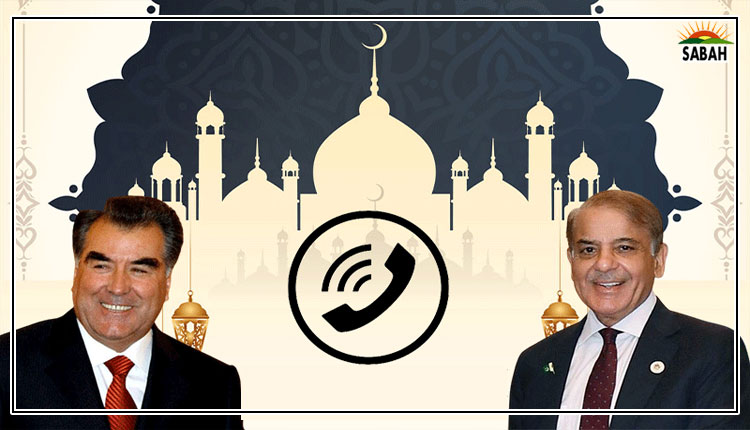Transported to another era …. Rafia Zakaria
THE structural foundation of the Roman Empire, history tells us, included the roads that were built. With this communication network, the expanding empire was able to connect newly conquered lands. It did not matter how disparate a culture or how unintelligible a language was to the ruling Romans; the road was the connection they needed. Via roads, armies could be sent to help beleaguered governors and consuls. Most importantly, revenue could be transported back to the centre. It was the Romans who constructed the first paved road — the Via Appia. However, Roman roads included everything from small pathways between towns to broad avenues that allowed armies to make their way to encampments and battles.
Centuries after the Romans, the Mughal Empire in India also required a communication network to allow all parts to remain connected and central power to be consolidated. The road, of course, had already been invented — in fact, Sher Shah Suri, a non-Mughal, built, during his short rule after Babar’s death, the Grand Trunk Road connecting the Indian subcontinent and Afghanistan. So the Mughals set about leaving their very own and very particular mark on the means and manner of transportation.
The flair with which the Mughals themselves travelled was inventive and meant to create the sort of aesthetic spectacle of which they were very fond. People have flashy cars even now, but that instinct was not born with the creation of the automobile. If there is any doubt about this, one need only look at how the Mughals got from one place to another.
In the 16th century, and even after, ordinary people in India often used bullock carts as the standard mode of transport. However, if you were well off, and most rich people of the time were government officials, administrators, aristocrats and court officials, you could use horses and camels to get around. There was also occasional travel along waterways using boats. If you were the emperor or part of the royal court or someone else with a high rank, elephants were available for your travel. Nothing proclaimed the pomp and circumstance of an emperor better than when he travelled with 100 or more elephants, even when he was not going to war.
The drama of conquest and the status of the emperor as the conqueror could be emphasised even if he was only travelling from one palace to another. According to records from the era, the elephants were obtained from the forests of Bihar, Orissa and Agra. In some cases, they were brought all the way from places like Golconda on ships that were made specifically to transport elephants.
The drama of conquest and the status of the emperor as the conqueror could be emphasised even if he was only travelling from one palace to another.
According to historian Nazer Aziz Anjum’s research on transportation in the Mughal era, the covered seats on the elephants were called ‘howdah’. There would be processions of 160-170 elephants, each animal covered with fantastic green and red cloths, all travelling closely together. The howdahs were fastened on top with ropes and served as a kind of sleeping coach which was quite comfortable. These were mostly used by the royal household on long trips to the hunt. The Mughals had even devised a variation of this that was a travelling bathroom that allowed the emperor to have his own facilities while on the move.
The howdah was a square structure that was also placed on an elephant and allowed four to six people to travel inside it while seated. It had a canopy supported by pillars, and it was possible for onlookers to see who was travelling inside and for those inside the howdah to observe the world outside.
The most mesmerising account of how to get around in style during the Mughal era is that of the choudoli, descriptions for which have varied from “a sedan with two poles” to an “enormous affair, borne by two elephants”. One record of the choudoli in which women from high-ranking households were travelling describes the exterior as having its four sides covered with khas, a kind of grass known for its fragrance and cooling effect when wet. Lesser women travelled (if at all) in palkis, which were lavishly decorated, according to the status of the owner, with crushed silk and velvet curtains and a wax cloth covering to protect against wet weather.
In terms of the transportation of goods, the semi-trucks of the Mughal age were camels, which were especially bred in a facility near Thatta. There trainers helped enable them to travel long distances in a short period of time. Some of them were strong enough to be able to carry very heavy goods, thus keeping trade going. Horses were used largely for light transport for the postal or courier service as sending information or messages quickly was of primary importance.
The wild and fanciful truck art of Pakistan is well known, but the artistic flair in investing the daily routine with aesthetic complexity and design elements dates back from a time when an empire was given to making a great show of everything, including getting around. On Pakistan’s roads, where our senses are constantly assailed by poisonous fumes as well as tempers, fights and thefts, it helps to take a small pause and think of things as they were a few hundred years ago.
What it must have been to come across a prince’s procession of elephants, what great lady could be glimpsed through the crushed velvet curtains of a nobleman’s entirely silver-plated palki! They could not dash through the land in railway cars or rise into the atmosphere in passenger jets but the Mughals, flashy and flamboyant as they might have been, got around in style even so many centuries ago.
The writer is an attorney teaching constitutional law and political philosophy.
rafia.zakaria@gmail.com
Courtesy Dawn, April 24th, 2024












